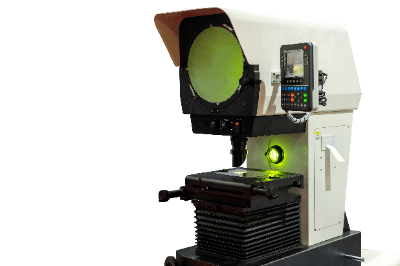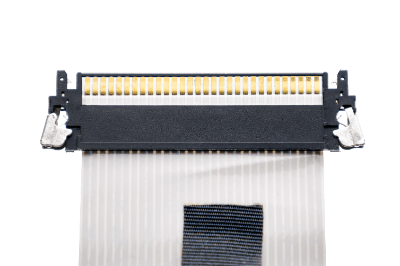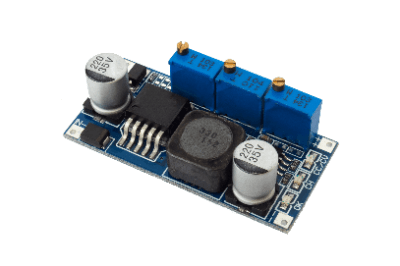What Is a Small Signal Diode?
A small signal diode is a diode that operates with a relatively small current of a few hundred mA or less.
They are used in rectification and switching to convert alternating current to direct current, and in the generation of constant voltage. The most well-known application is demodulation.
Demodulation is the process of combining a high-frequency carrier signal with a low-frequency audio signal and using the diode’s ability to detect only the low-frequency signal to output the radio signal as an audio signal to an audio output device.
Uses of Small Signal Diodes
Small signal diodes are used in electronic products that handle small signals and perform electrical operations, especially in high-frequency applications such as electrical equipment, precision instruments, and radio receivers, as well as in switching operations.
When selecting a diode, the maximum rating and the bias that can be applied to the diode should be taken into consideration due to its small signal operation. If there is a possibility of excessive current flow, a protection circuit must be installed to prevent excessive current flow to the diode.
Principle of Small Signal Diodes
The principle of small signal diodes is based on a unique circuit operation that utilizes the rectifying effect that occurs in the forward and reverse directions of the I-V characteristics, using physical phenomena that occur at the PN junction interface of a semiconductor diode or at the junction interface between a metal and a semiconductor.
The operation of small electrical circuits is divided into their typical functions: switching operation, rectifier circuit, and constant voltage generation.
1. Switching Operation
When voltage is applied to a diode, it is serves as a switch using its ability to allow current to flow in only one direction. When a voltage is applied in the forward direction, current flows, which is called the on-state operation, and in the reverse direction, current does not flow even if a voltage is applied, which is the off-state operation.
Schottky barrier diodes and PIN diodes are capable of high-speed switching at small currents, so they are used as diodes for the function of switches with relatively high operating frequencies.
2. Rectification Circuit
Rectification is a circuit operation that converts alternating current to direct current by utilizing the diode’s property of current flow in only one direction. Normally, the current is a half-frequency current that does not pass in the negative direction, but when diodes are connected in a bridge circuit, the negative portion of the AC current is converted to positive and energized, making it possible to convert the current into a full-frequency DC current.
3. Constant Voltage Generation
This is a circuit operation in which a zener diode is often used. A zener diode is a diode that can generate a constant voltage over a certain range regardless of the reverse current. These diodes are used in circuits that generate constant voltages and are also used as protection circuits.
Other Information on Small Signal Diodes
1. Examples of Small Signal Diode Structures
Small signal diode structures can be broadly classified into planar and mesa types.
Planar Type
The planar type is the most commonly used semiconductor structure, in which an impurity diffusion layer is formed near the oxide film on the silicon semiconductor surface to create a PN junction for the diode. This structure can be widely used as a circuit block inside an IC in addition to discrete small signal diodes.
Mesa Type
The mesa type has the feature of forming the PN junction in a vertical mountain-like shape, and in particular, the area of the N-type part can be made large due to its structure, enabling a relatively large reverse withstand voltage. This structure is often used in small signal diodes for rectification.
2. Array-Type Small Signal Diodes
When small signal diodes are used in various circuits, multiple diodes may be used. Array-type small signal diodes are suitable in such cases.
Products that integrate multiple small signal diodes in a single package or, for example, a composite array of Zener diodes and Schottky barrier diodes, are also available. These products are useful when you want to use different Vf voltages for different diodes in a circuit.


 A profile projector is a device that projects a magnified image of the object to be measured onto a screen at an accurate magnification, and observes and measures the shape and dimensions from the magnified image.
A profile projector is a device that projects a magnified image of the object to be measured onto a screen at an accurate magnification, and observes and measures the shape and dimensions from the magnified image. A flat printed circuit (
A flat printed circuit (